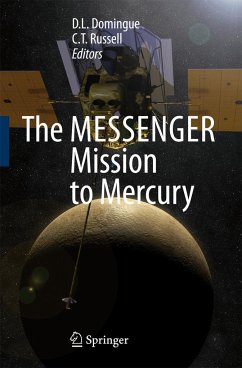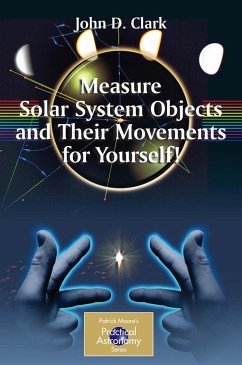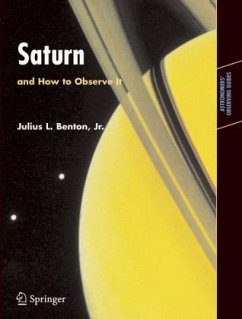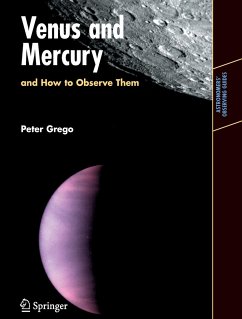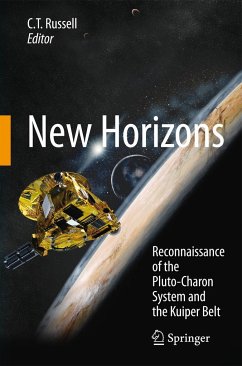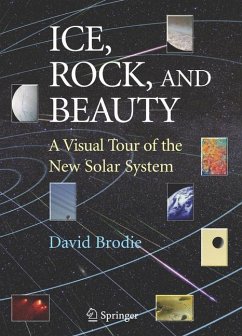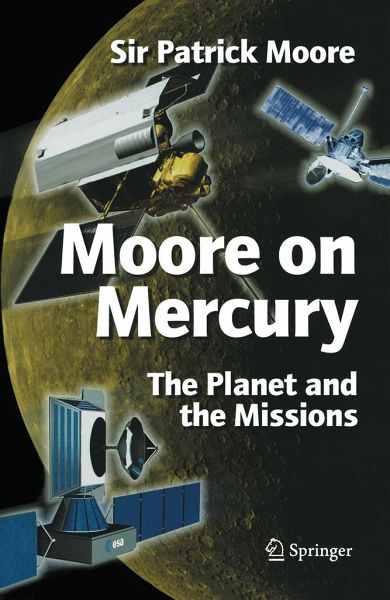
Moore on Mercury
The Planet and the Missions

PAYBACK Punkte
0 °P sammeln!
- Lift-off
- Elusive Planet
- Messenger of the Gods
- Mercury in the Solar System
- Crossing the Sun - Mercury's Transits
- The Movements of Mercury
- Ghost Planet
- Through the Telescope
- Mapping Mercury
- The Flight of Mariner 10
- Around Mercury
- Return to Mercury: the Messenger Project
- Life on Mercury?- Travel to Mercury
- Mercurian Base
- Appendices.
- Elusive Planet
- Messenger of the Gods
- Mercury in the Solar System
- Crossing the Sun - Mercury's Transits
- The Movements of Mercury
- Ghost Planet
- Through the Telescope
- Mapping Mercury
- The Flight of Mariner 10
- Around Mercury
- Return to Mercury: the Messenger Project
- Life on Mercury?- Travel to Mercury
- Mercurian Base
- Appendices.
Mercury is one of the more difficult objects for amateur astronomers to observe because of its close proximity to the Sun. For the same reason, it is also one of the most fascinating and strange planets. Mercury is not much larger that our Moon, but orbits the Sun at an average distance of only 58 million km, compared to the Earth's 150 million km. On its sunlit side, Mercury's surface temperature can exceed 450C while the night side freezes at -180C.
Amateur astronomers can see Mercury and its ever-changing phases all year, and sometimes watch it transit the Sun - the next transit is in November 2006, followed by one in May 2016.
In his inimitable, easy-going style, Patrick Moore describes Mercury, the professional astronomers who have observed it over the centuries, amateur observations, and the past, present and future space missions to this extraordinary world.
Amateur astronomers can see Mercury and its ever-changing phases all year, and sometimes watch it transit the Sun - the next transit is in November 2006, followed by one in May 2016.
In his inimitable, easy-going style, Patrick Moore describes Mercury, the professional astronomers who have observed it over the centuries, amateur observations, and the past, present and future space missions to this extraordinary world.




